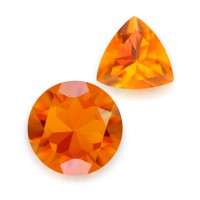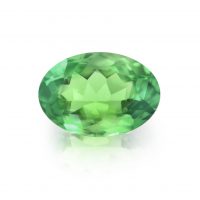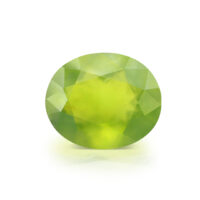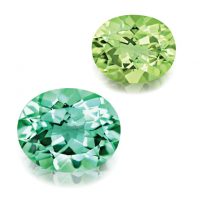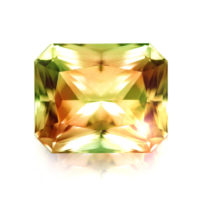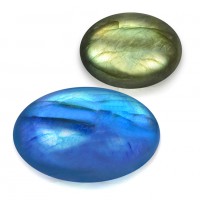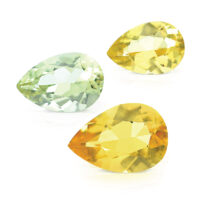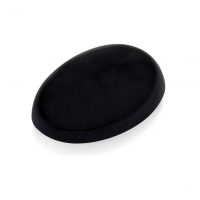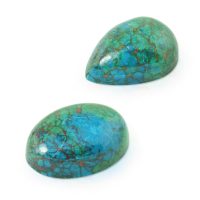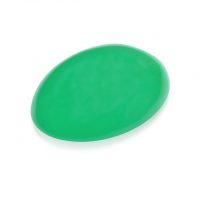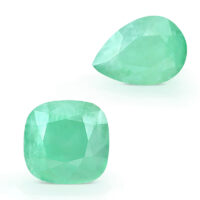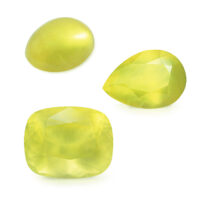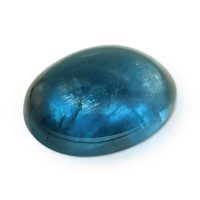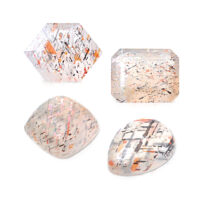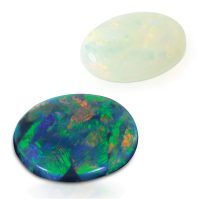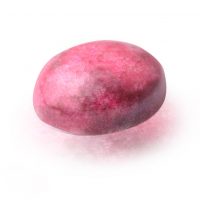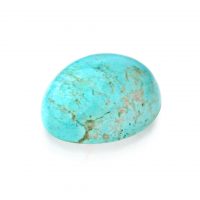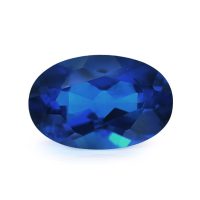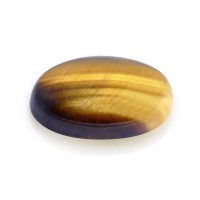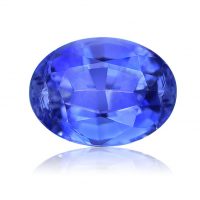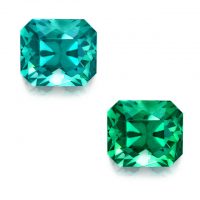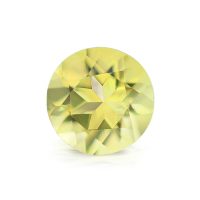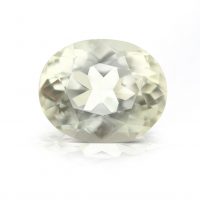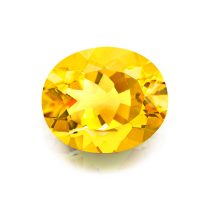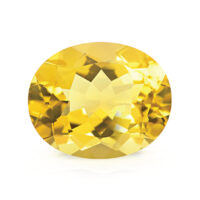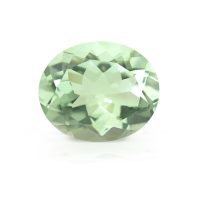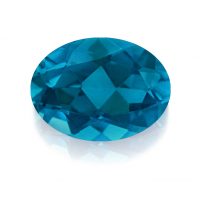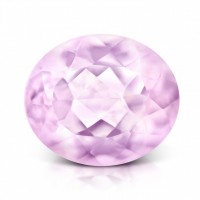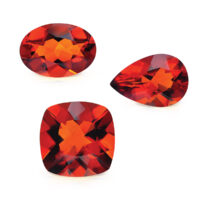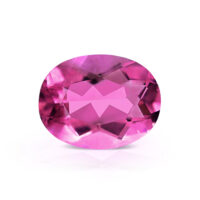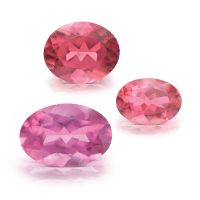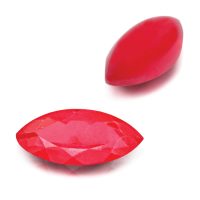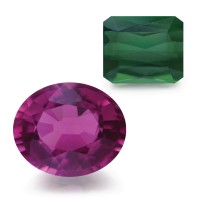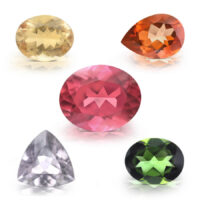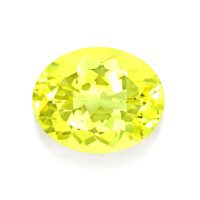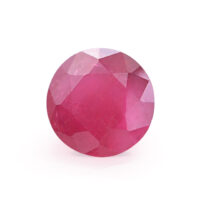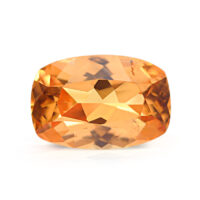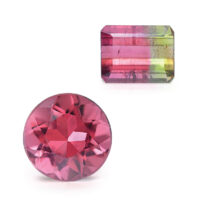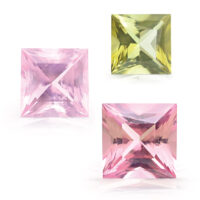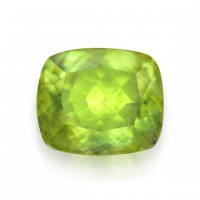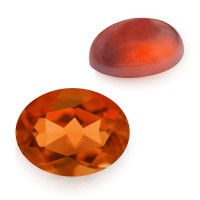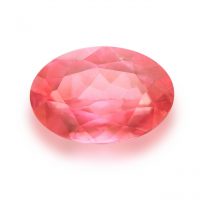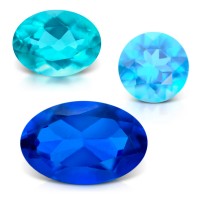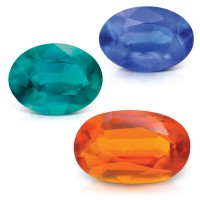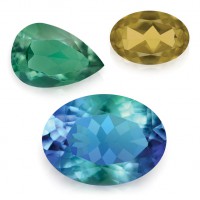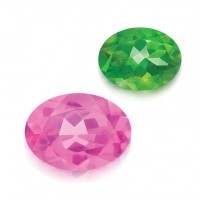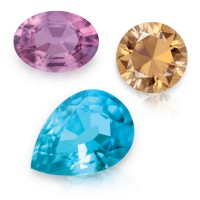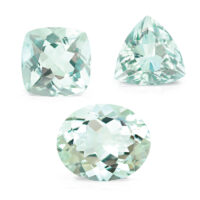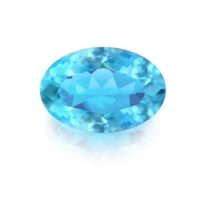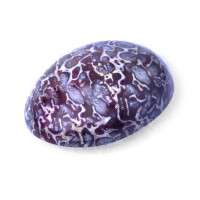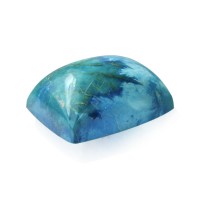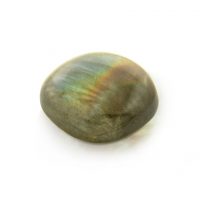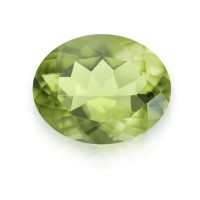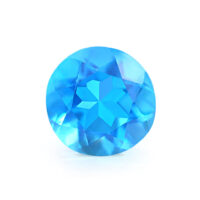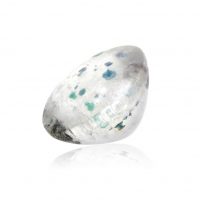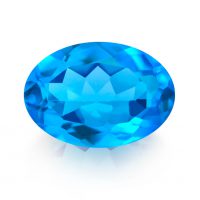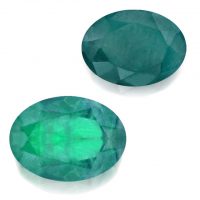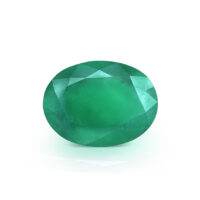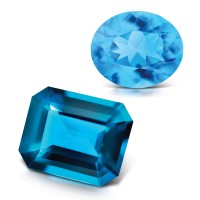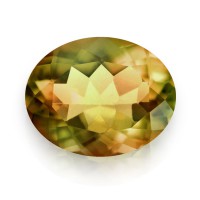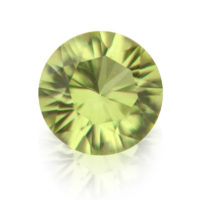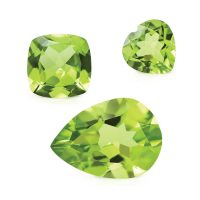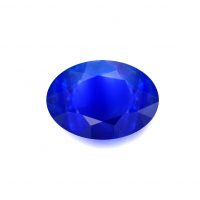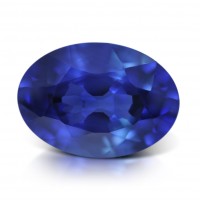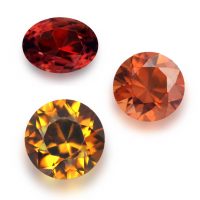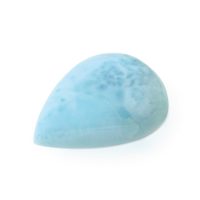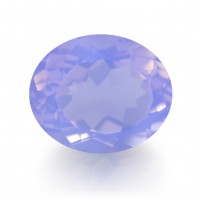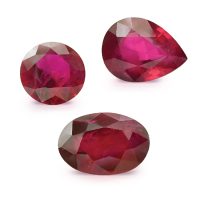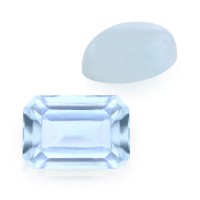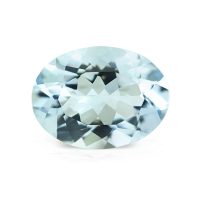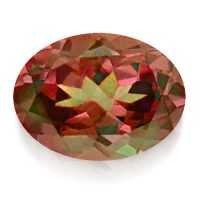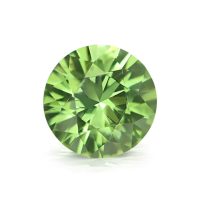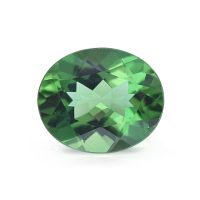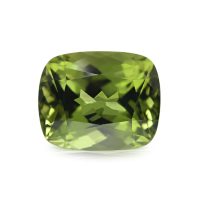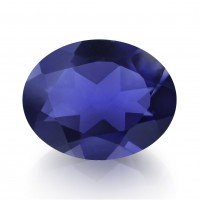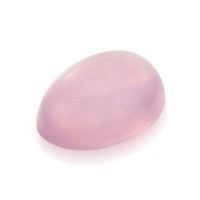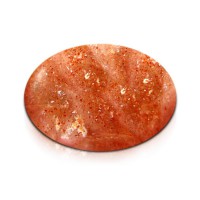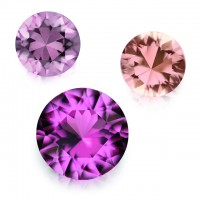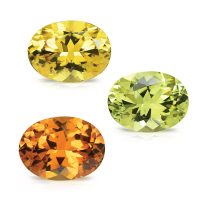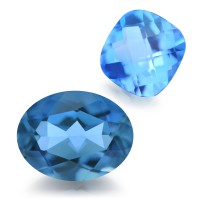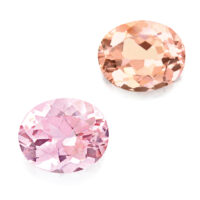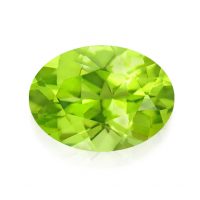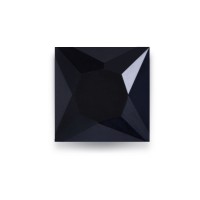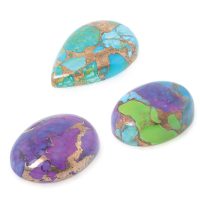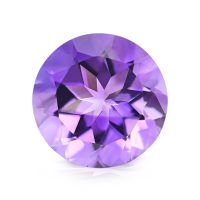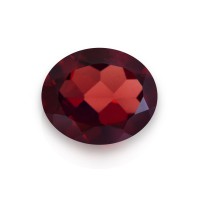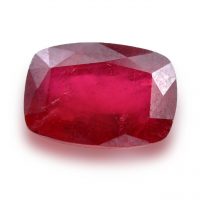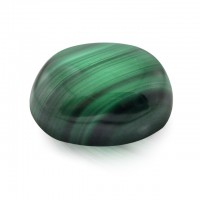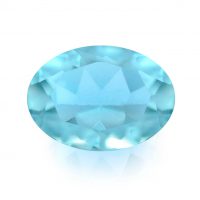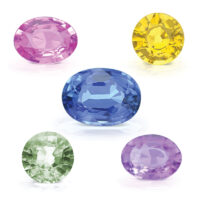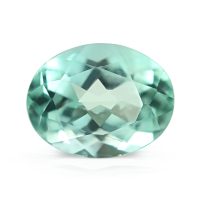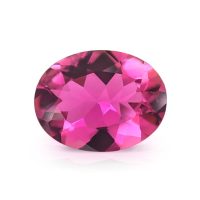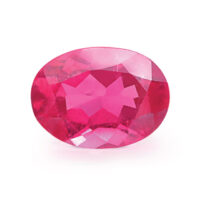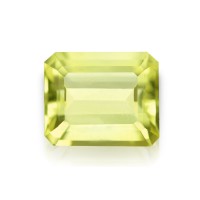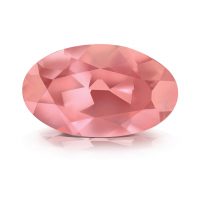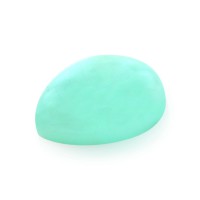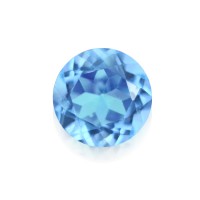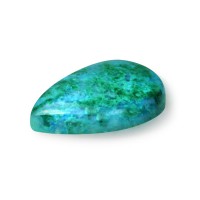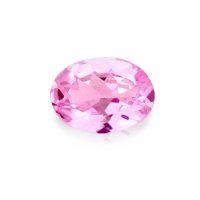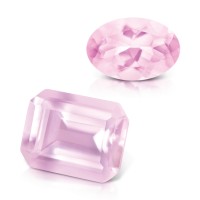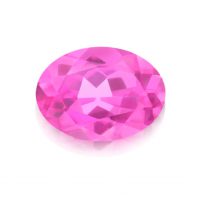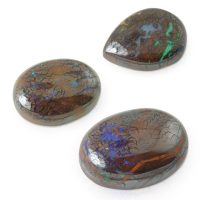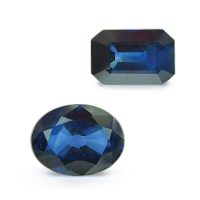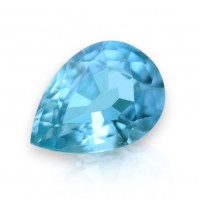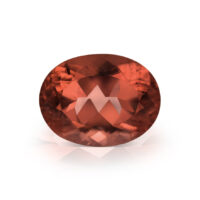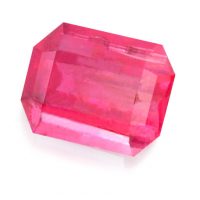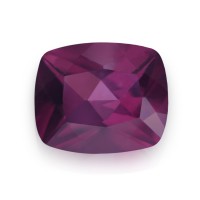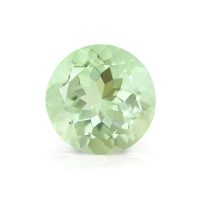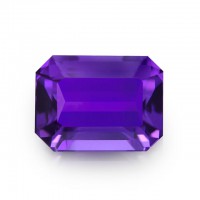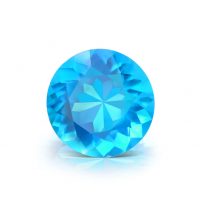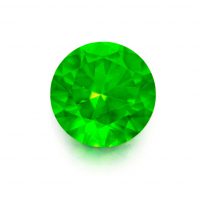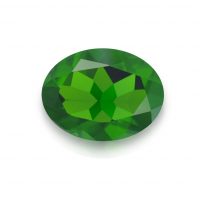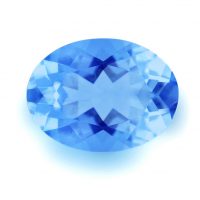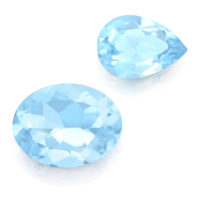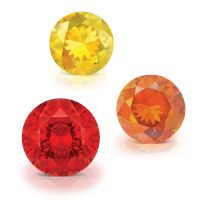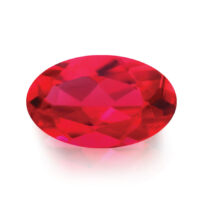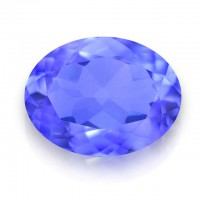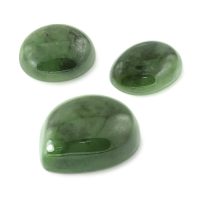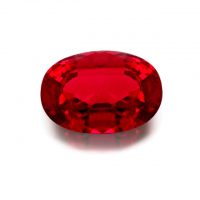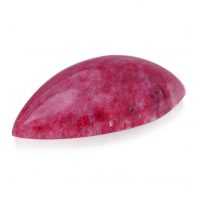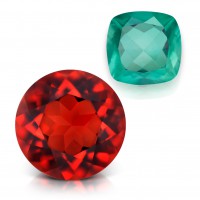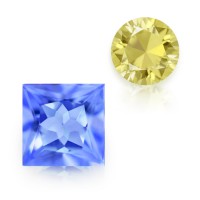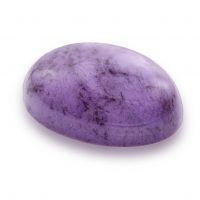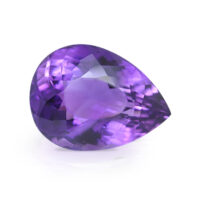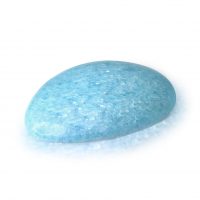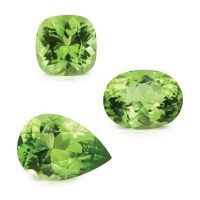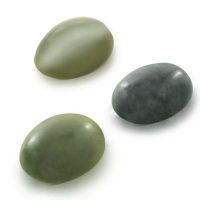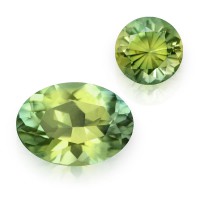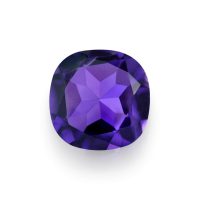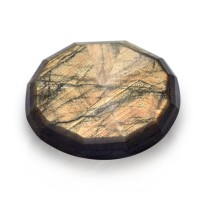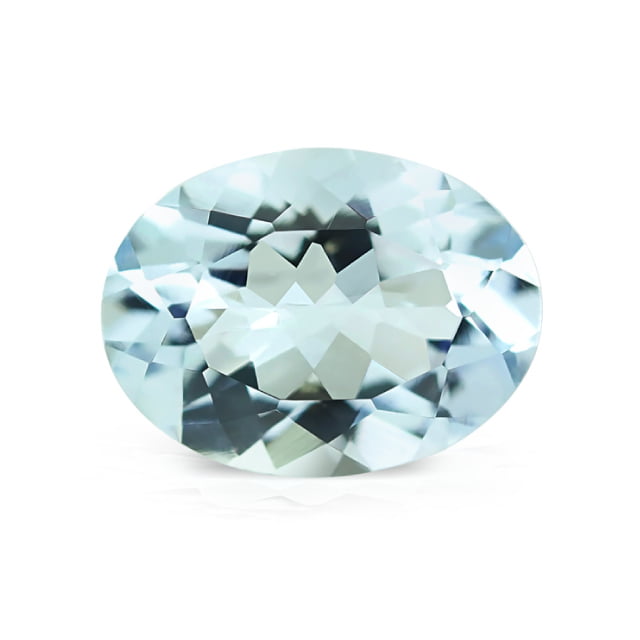

Prized by ancient Egyptians, Greeks and Romans for its oceanic air, March’s birthstone was once an amulet to Poseidon, but today Aquamarines’ a coveted jewelry gemstone. While quintessential pastel blues are Aquamarines’ norm, its more intense gems are extremely beautiful, genuinely scarce, and highly-valued. Historically and aptly known as the ‘Beryl Island’, Madagascar’s Aquamarines are among the world’s best, with ours mined in 2016 on the Maladialina Peninsula. With signature blues, high-clarity, excellent brilliance, wonderful light-play, optimal lapidary, and ‘everyday’ wear-ability, this exceptional Aquamarines’ undeniably rare and desirable.
Hardness 7.5 – 8
Refractive Index 1.562 – 1.602
Relative Density 2.71 – 2.90
Enhancement Heat
Beauty
Ranging from pastel to intense deep blues, sometimes with splashes of green, Aquamarine is a Beryl sister gem to Emerald and Morganite. Due to its excellent brilliance, high-clarity/transparency, and vitreous (glassy) luster, Aquamarines’ color, along with deft lapidary, are the key value considerations.
Madagascan Aquamarine beautifully displays pure, classic ‘Aqua’ blues with a highly-desirable medium saturation (strength of color) and tone (lightness or darkness of color), the marketplace ideal. Stunning azures radiates regardless of eye color or complexion, beautifully distinct and exclusive when compared to Aquamarines’ more typical pastels, boosting desirability and value. Their signature color combined with exceptional brilliance and durability, makes them a well-suited and popular choice for jewelry.
Madagascan Aquamarine’s expertly faceted in the famous Indian gem city of Jaipur, home to some of the world’s very best Beryl lapidaries. Optimally-faceted using cuts that accentuate color, each crystal’s carefully orientated to maximize colorful brilliance and scintillation (play of light), maintaining an eye-clean clarity (the highest quality clarity grade for colored gemstones, as determined by the world’s leading gemological laboratories), high-polish/luster, as well as a good overall appearance (outline, profile, proportions, and shape).
Coined by the Romans over 2,000 years ago, Aquamarine literally means ‘water of the sea’ in Latin, from the words ‘aqua’ (water) and ‘marina’ (sea). Aquamarine’s a member of the Beryl mineral family, from the ancient Greek ‘beryllos’, blue-green stone. Commonly known as the ‘mother of gemstones’ because of its highly-regarded varieties, Beryl is colorless with trace elements responsible for its wonderful hues. Aquamarine is colored by trace amounts of ferric iron, and apart from its blues, other Beryl gemstones include, Emerald greens, Golden Beryl yellows, Goshenite whites (colorless), Heliodor greenish-yellows, Morganite pinks, and Red Beryl reds.
Rarity
Prior to Aquamarine’s modern African discoveries (circa 1830), Brazil and Russia produced the finest-quality. While Brazil’s still a notable source, Madagascar, Mozambique, Nigeria, and Zambia, also yield beautiful Aquamarines. More recently, stunning Aquamarine was found in Afghanistan and Pakistan, giving hope to the region’s future mining potential.
Synonymous with its prized deep blue Aquamarines, Brazil’s famous Santa Maria de Itabira deposit was discovered in the 50s, but today, is virtually depleted with only small scale, very sporadic mining occurring, most recently mid-2021. ‘Santa Maria’ colors in scant quantities are also intermittently found in Mozambique (circa 1991) and in other African countries such as Madagascar and Zambia, resulting in the trade prefixes, ‘Santa Maria Africana’ and ‘Santa Maria Afrique’. Collectively called ‘AAA’ or ‘Double Blue’, Aquamarines’ highly-prized deeper hues are rarely found in gem-quality from any locale, keeping prices high.
With Earth’s geological bounty unequally distributed, Madagascar possesses an incredible wealth of gemstones, Aquamarine being notable. Ours are from deposits near the village of Andilana Avaratra on the northwestern shore of Lake Alaotra worked since the 20s. While the typical gem mineral return’s 20 – 35 percent, ours was a low 12 percent, impacting both availability and price. Madagascan Aquamarine’s greater intensity is indicative of a fine-quality that’s extremely valued.
Durability & Care
Madagascan Aquamarine (Mohs’ Hardness: 7.5 – 8) is an excellent choice for everyday jewelry. Always store Madagascan Aquamarine carefully to avoid scuffs and scratches. Clean with gentle soap and lukewarm water, scrubbing behind the gem with a very soft toothbrush as necessary. After cleaning, pat dry with a soft towel or chamois cloth.
Map Location
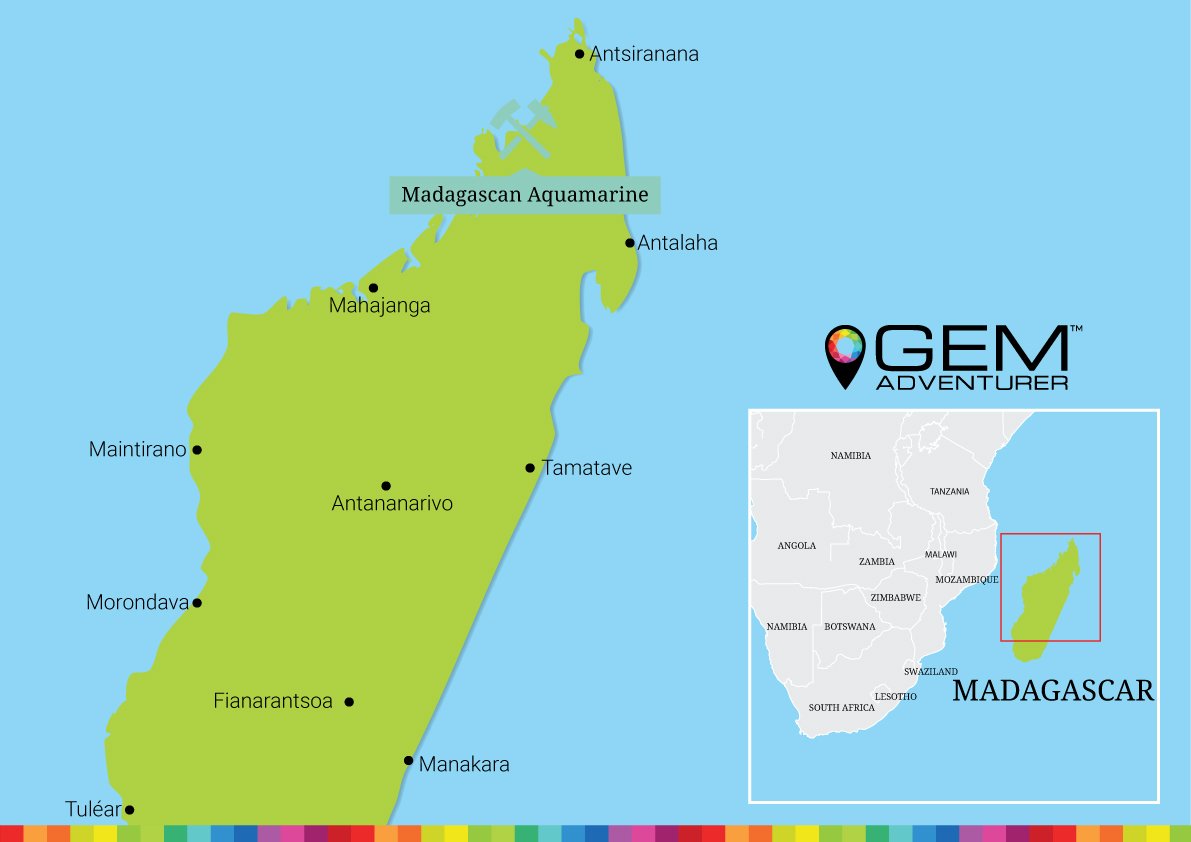
Click map to enlarge
